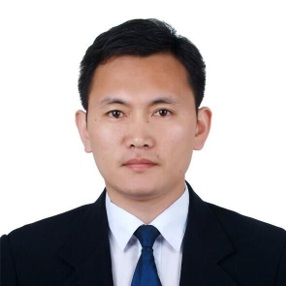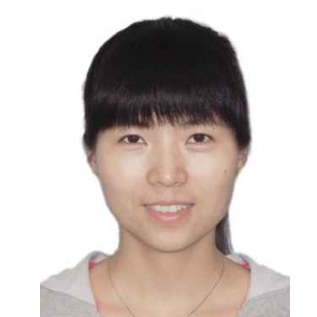Advances in the Machined Surface Integrity in Manufacturing Process of Materials
A special issue of Materials (ISSN 1996-1944). This special issue belongs to the section "Manufacturing Processes and Systems".
Deadline for manuscript submissions: 20 October 2024 | Viewed by 13108
Special Issue Editors
Interests: design of cutting tool, cutting technology; intelligent optimization of cutting process; fem simulation of cutting process
Special Issues, Collections and Topics in MDPI journals
Interests: machining deformation; in-situ/on-machine measurement machining-induced residual stress; machining chatter; intelligent fixturing system
Interests: cutting machining; machining process simulation; surface integrity; residual stress measurement and analysis; machining distortion control
Interests: surface integrity characterization; laser-induced diagnostic; laser ultrasonic; residual stress; manufacturing
Special Issue Information
Dear Colleagues,
The surface integrity alteration induced by the machining process has a profound influence on the performance of a component. The cutting process directly affects the surface state of the machined parts (texture, morphology, residual stress, etc.) and the final performance of the workpiece. Therefore, it is of great significance to reveal the mapping relationship between working conditions, surface integrity, and workpiece functionality in cutting process. The effects of cutting parameters such as cutting speed, feed speed, cutting depth, and tool wear on the machined surface integrity during milling should be revealed. The relationship between the machined surface integrity and the performance of parts should also be explored.
This Special Issue provides an excellent opportunity for researchers who are studying and working with machined surface integrity in manufacturing processes, such as surface integrity in the turning process, the milling process, grinding process, shot peening process, rolling process and other high-energy modification processes. It is our pleasure to invite you to submit original research papers or state-of-the-art reviews which are within the scope of this Special Issue.
Prof. Dr. Caixu Yue
Prof. Dr. Haibo Liu
Dr. Yinfei Yang
Prof. Dr. Minchao Cui
Dr. Yihang Fan
Guest Editors
Manuscript Submission Information
Manuscripts should be submitted online at www.mdpi.com by registering and logging in to this website. Once you are registered, click here to go to the submission form. Manuscripts can be submitted until the deadline. All submissions that pass pre-check are peer-reviewed. Accepted papers will be published continuously in the journal (as soon as accepted) and will be listed together on the special issue website. Research articles, review articles as well as short communications are invited. For planned papers, a title and short abstract (about 100 words) can be sent to the Editorial Office for announcement on this website.
Submitted manuscripts should not have been published previously, nor be under consideration for publication elsewhere (except conference proceedings papers). All manuscripts are thoroughly refereed through a single-blind peer-review process. A guide for authors and other relevant information for submission of manuscripts is available on the Instructions for Authors page. Materials is an international peer-reviewed open access semimonthly journal published by MDPI.
Please visit the Instructions for Authors page before submitting a manuscript. The Article Processing Charge (APC) for publication in this open access journal is 2600 CHF (Swiss Francs). Submitted papers should be well formatted and use good English. Authors may use MDPI's English editing service prior to publication or during author revisions.
Keywords
- surface integrity
- part functionality
- manufacturing process
- high-energy modification process










